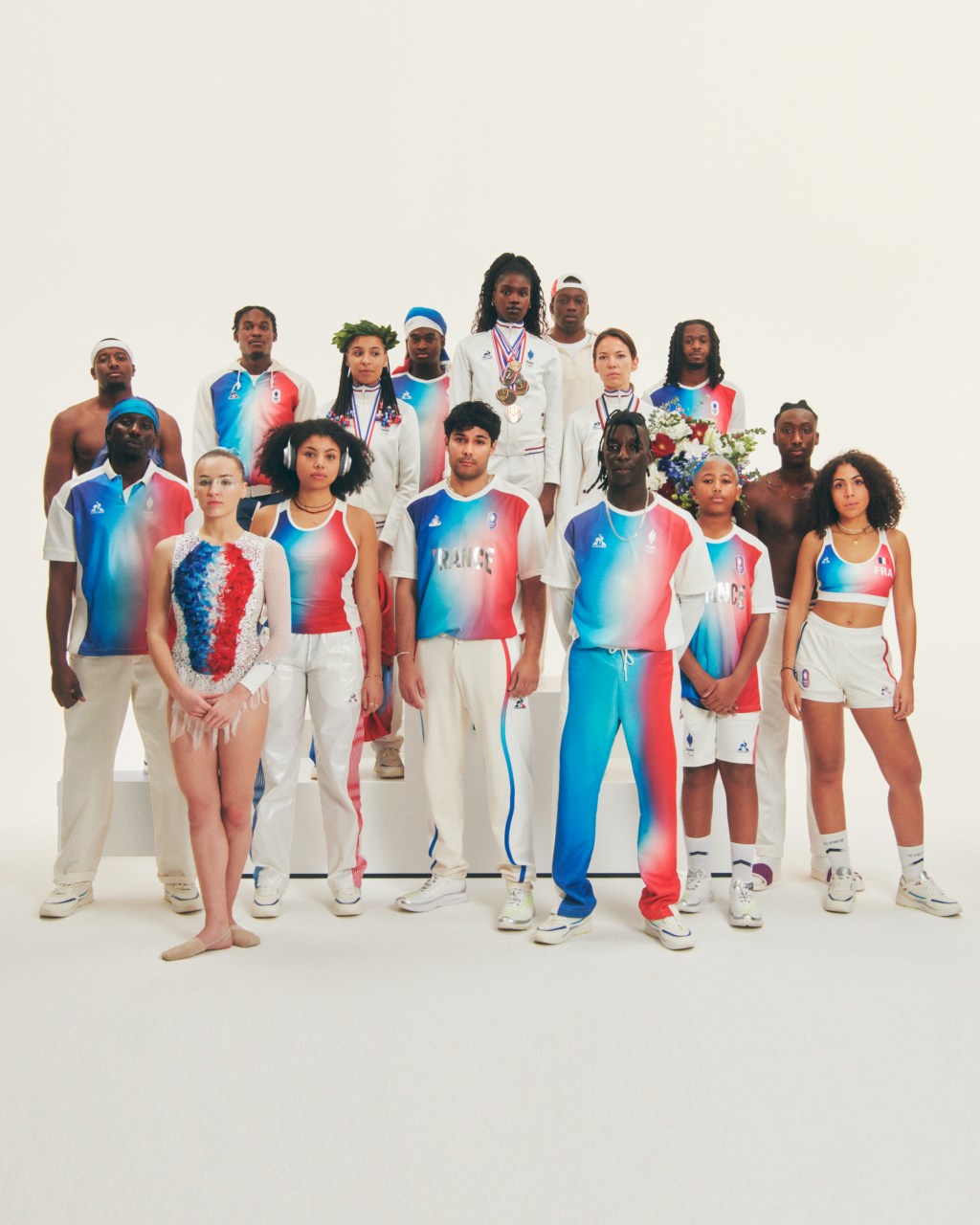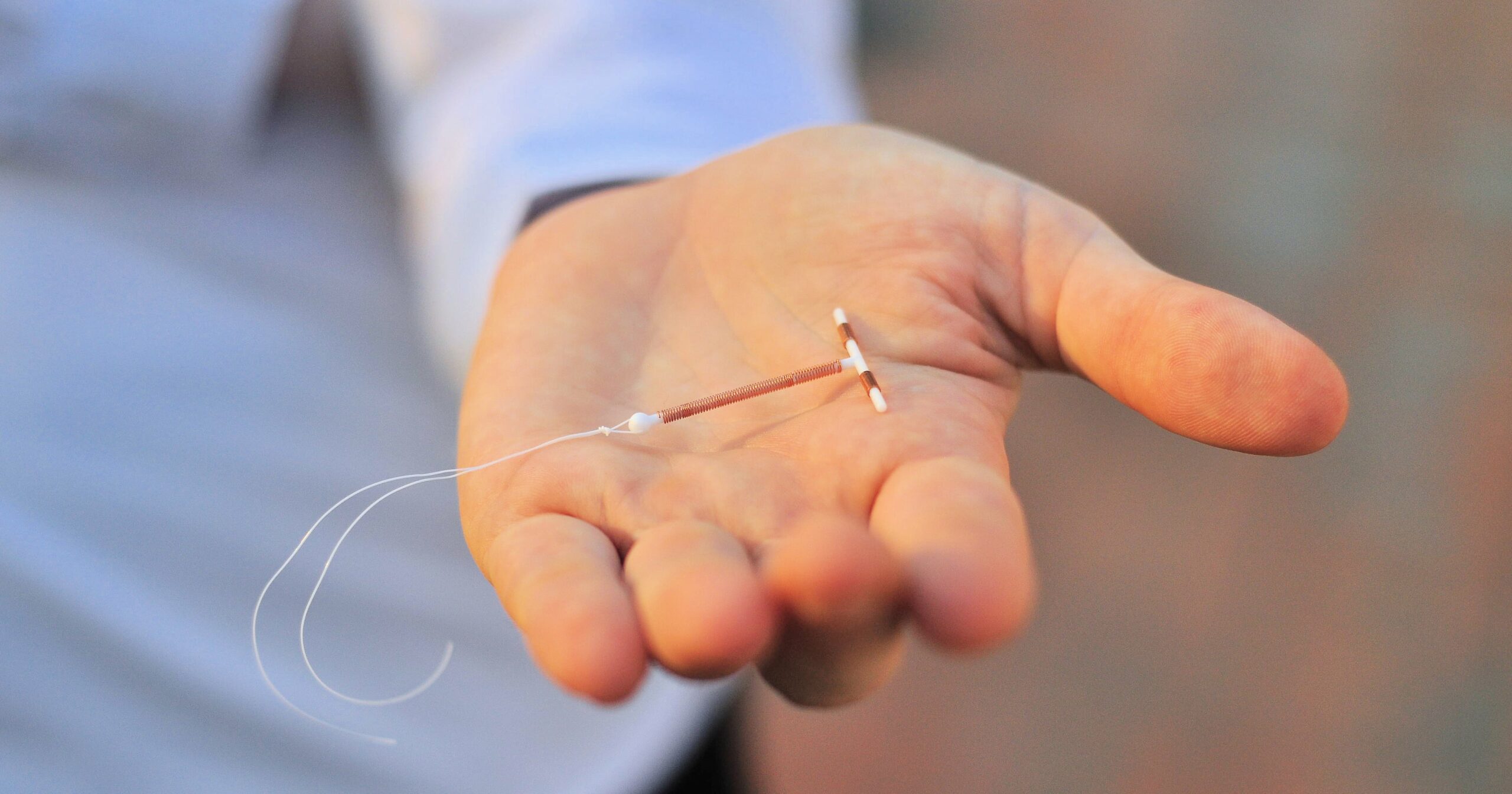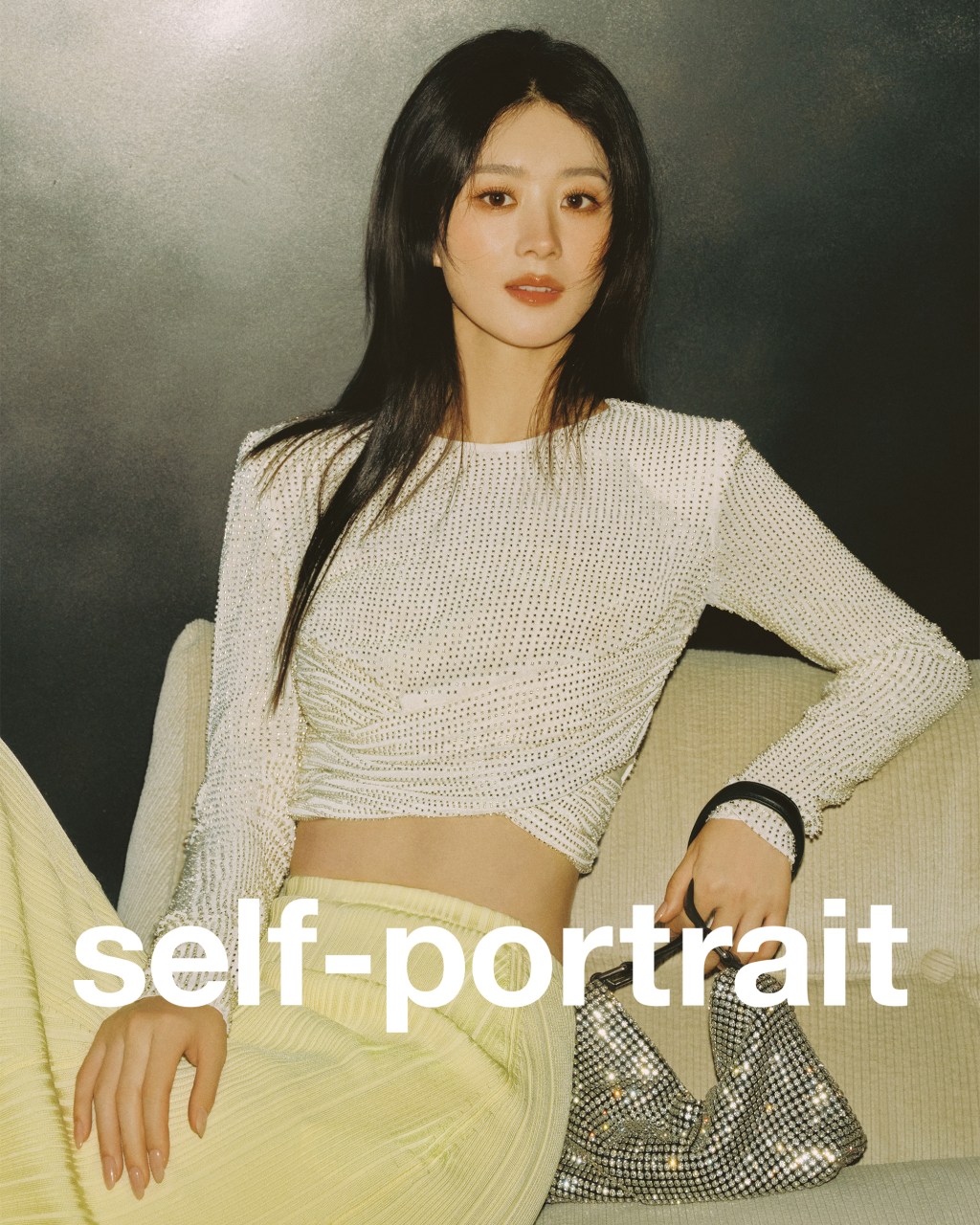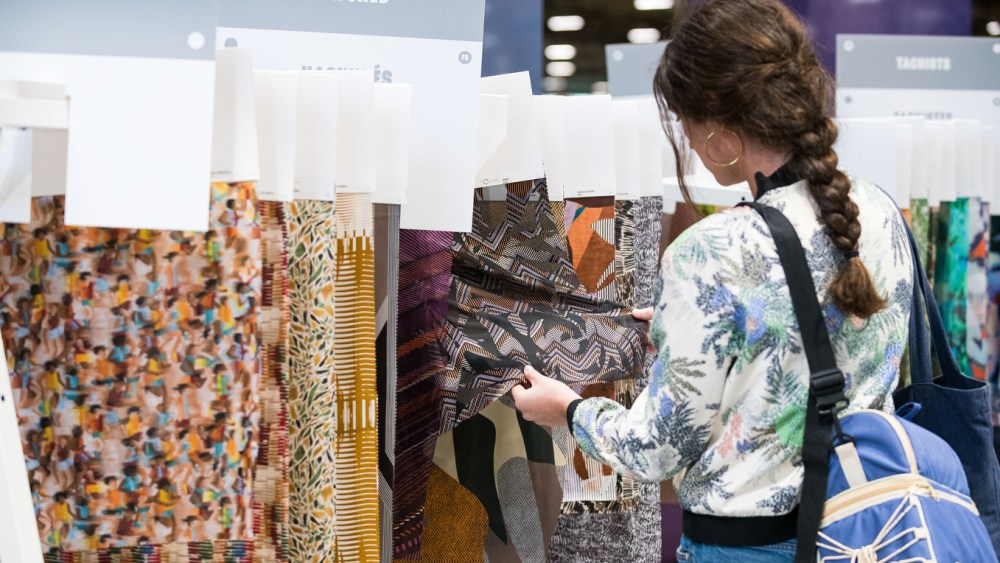PARIS — Designer Stéphane Ashpool will unveil the official uniforms for the French athletes taking part in the Olympic and Paralympic Games with a cocktail event at his studio in Paris Friday during Men’s Fashion Week.
For the design, Ashpool wanted to “break the flag” with a more abstract take on the traditional blocks of blue, blanc, rouge. There are no lines; instead gradient colors bleed into each other for a blurred, ethereal effect. The result is a lighter blue on an iridescent fabric, running through gauzy shades of pink before settling on a medium red.
He previewed the logo last year, and now it is emblazoned across the uniforms for 32 sports, as well as uniforms for medal ceremonies, training and athletes’ personal downtime.
While he had to work within the parameters of the official Olympics committee, it came down to thinking of a new aesthetic for the athletes. “When I met up with the athletes, they all told me, ‘We want to look cool, elegant, modern,’” he told WWD.
The gradient colors represent the diversity of France that is not always depicted in movies or international TV series. “As much as the U.K. and other countries, we are full of diversity,” he said. “The new colors represent a sense of diversity in color, but also in diversity of the body.”
French athleticwear brand Le Coq Sportif was selected as the official provider in part because of its promise to produce locally. That proved to be one of the biggest challenges for Ashpool.
Producing the technical fabrics and adapting factories here was the first challenge, but aligns well with the country’s push to reindustrialize, as well as looking at the silhouettes.
For example, even though France has brought home 56 medals in the judo category over the years, the uniforms had never before been made in France. They were previously sourced from Japan. Ashpool and his in-house team of four worked on not only the shapes but the technical elements of patternmaking, testing with local sports teams and producing to the official Olympic specs.
While producing the technical fabrics in France was initially a challenge, Ashpool said that the uniforms will be a proof of work for other brands to bring their manufacturing back to the country. “If we finish this job the way we want to, in the near future we can produce locally, which is a new way of life. Why have the impulse to make a piece of embroidery on the other side of the world when you can do it one hour away? We want to bring our industry back to France,” Ashpool said.

Ashpool said he is prepared for any feedback on his less-than-traditional take on the uniforms because it was a true collaboration with the athletes who will be competing.
The hometown designer also brushes off talk about Paris not being prepared for the Games, comparing it to the speculative — and not so positive — buzz before London’s Games in 2012 and Rio’s in 2016.
Ashpool’s Pigalle Paris label has been on hiatus during this year-long design period, though he has kept its neighborhood retail outlet going by showcasing young talent from the neighborhood. This space will be redone later this year, as well as the adjacent basketball court that has become a neighborhood meeting point. He has a new collaboration in the pipeline and there will be activations there during the Games.
He will also participate in an exhibit for the Olympic Museum in Lausanne, Switzerland, with the uniforms later this year.
A new Stéphane Ashpool will emerge from the Olympic flame. He has been using his own name instead more frequently, instead of the Pigalle Paris label he launched at age 24, and said he will soon be backed by a big luxury house. That announcement is expected “within two months,” he said.




